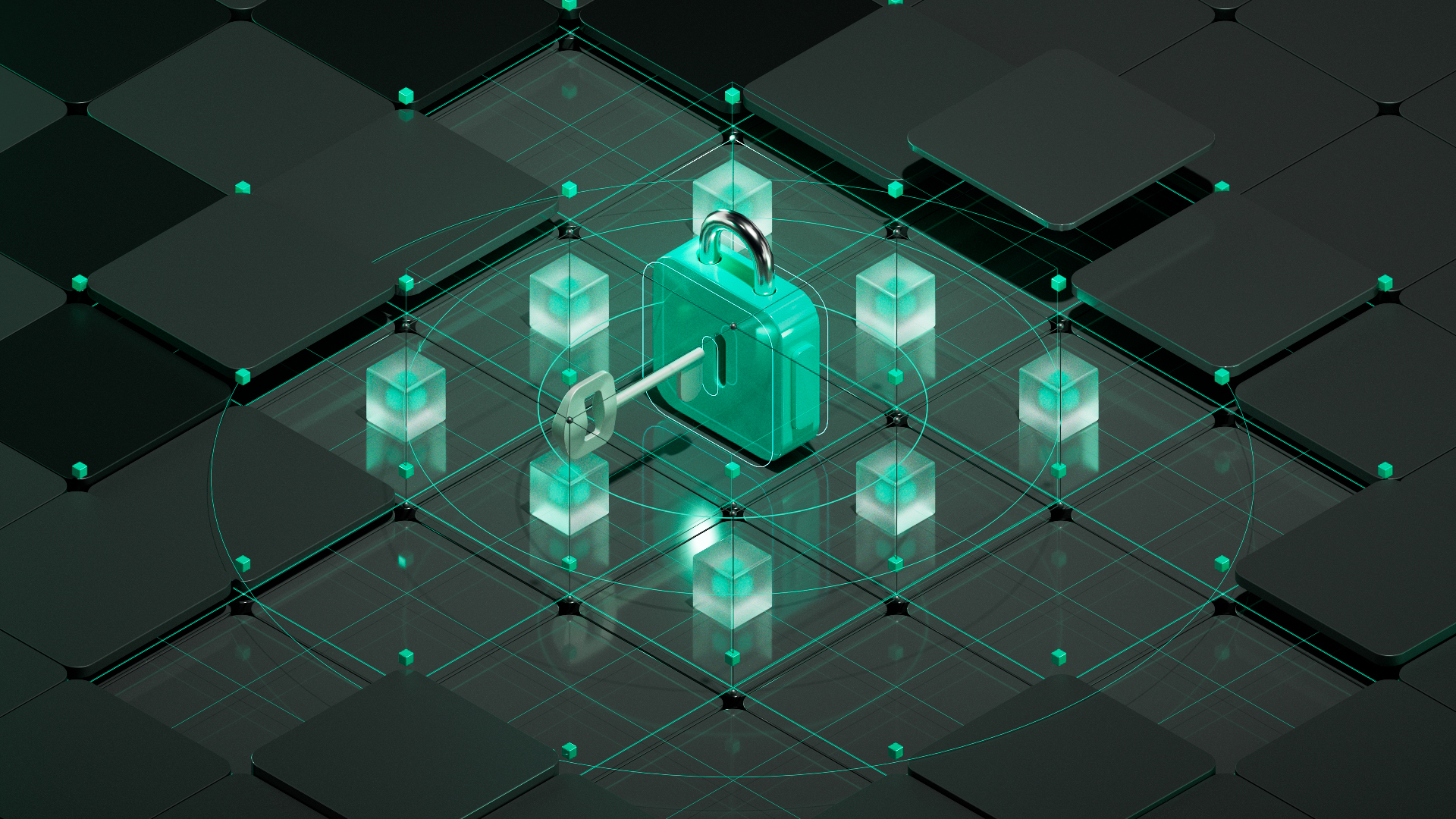A Comprehensive Look At The Different Types Of NFTs
In 2021, the world witnessed an explosive surge in public interest surrounding non-fungible tokens (NFTs), with over $700 million worth of NFTs sold in just five months. The NFT market experienced record-breaking sales, yet the overall structure and evolution of this market remain shrouded in mystery.
The unprecedented demand for NFTs has led to the emergence of diverse forms and applications. NFT items are organized into collections, encompassing everything from artistic masterpieces and collectible card sets to virtual spaces within online games.
However, keeping abreast of the various types of NFTs can be a daunting task. Join us as we delve deeper into this captivating world and uncover the intricacies of the NFT phenomenon.
The world of non-fungible tokens (NFTs) is incredibly diverse, offering a multitude of exciting opportunities. Let’s take a closer look at some prominent types of NFTs:
- Domain Names: Domain names are increasingly gaining value as NFTs, giving owners full control over their domains through private keys. Unlike traditional domain names that require oversight from external organizations, NFT domains are linkable to crypto wallets, making them easily transferable as cryptocurrencies on the blockchain. Notably, NFT domains such as ‘.eth,’ ‘.wallet,’ ‘.zil,’ ‘.dao,’ ‘.blockchain,’ or ‘.crypto’ are the new web extensions, bought once without the need for renewals.
- Gaming: NFTs serve as the foundational module for blockchain-based video games, revolutionizing in-game item ownership. Unlike centralized publishers in conventional online games that control item circulation and ownership, NFTs grant users complete control over their in-game items. This opens up new gaming possibilities, including the supply of randomized NFT rewards and fostering interoperable metaverses, where users can use items from one game in another. Additionally, NFTs have popularized the play-to-earn model, allowing users to monetize their gaming efforts by securing and selling rare NFTs.
- Artwork: Tokenized ownership of digital artwork is one of the most recognized and common use cases for NFTs. By tokenizing their creations, artists can monetize their work and tap into a global market of prospective clients. Unlike the conventional art marketplace, which is often opaque and limited in discoverability, NFTs can be listed on worldwide, permissionless online platforms, enabling revenue from secondary sales. High-profile NFT art sales, like Beeple’s “Everydays: The First 5000 Days,” which sold for over $69 million, have garnered significant attention, showcasing the potential for artists to thrive in the NFT space.
- Collectibles/Trading Cards: NFTs have unleashed a new era of digital collectibles, allowing enthusiasts to purchase and showcase valuable digital objects. CryptoPunks, a collection of around 10,000 unique 8-bit-style characters, and other NFT collectibles like virtual profile pictures on social media platforms, have become immensely popular. They provide a powerful signaling mechanism, allowing like-minded individuals to showcase their interests and be part of a community.
- Virtual Fashion: The fashion industry is embracing NFTs, offering luxurious virtual fashion items for avatars in virtual worlds and games. The connection between fashion and NFTs makes sense, as both are valued for their exclusivity, culture, and identity representation. Virtual fashion items are transferrable in seconds, entirely digital, and do not degrade in quality.
- Big Sports Moments: Sports organizations are capitalizing on NFTs, enabling fans to buy short video highlights and collectibles related to their favorite teams and athletes. The NBA Top Shot, which offers NBA video highlights as NFTs, is a prominent example.
- Media and Music: NFTs are making waves in the music industry, with musicians and composers exploring ways to monetize their art through blockchain technology. NFTs can improve management of intellectual property rights and enable fair distribution of royalties, potentially transforming the way music revenue flows.
- Real-World Assets: While still in the early stages, NFTs are venturing into tokenizing real-world assets like luxury goods and real estate. This opens up new possibilities for efficient ownership proof and seamless transfer of assets on the blockchain.
- Event Tickets: NFT tickets are being explored for events like concerts and music festivals, offering attendees secure verification and easy accessibility via mobile devices. Event managers can mint a specific number of NFT tickets on a chosen blockchain platform.
Verifiable Randomness of NFTs: A Crucial Element
In some NFT designs, verifiable randomness plays a critical role in ensuring fairness and transparency. For limited edition, high-demand NFT drops, randomized NFT rewards in blockchain-based games, or assigning random attributes to NFT artwork, verifiable randomness is essential. It ensures that NFT distribution and attributes are genuinely random, preventing malicious actors from exploiting the system for their advantage.
As NFTs continue to evolve and attract more attention, the potential for new and innovative use cases is limitless. Creators, collectors, and investors are continuously exploring the possibilities of this dynamic and transformative technology.
NFTs FAQs
What are some examples of NFTs?
NFTs have emerged as a powerful digital tool capable of representing a wide array of assets, blurring the boundaries between the physical and digital realms. They can tokenized not only real assets like real estate and digital artwork but also exclusive online-only assets like virtual fashion and digital collectibles.
Some relevant examples of NFT applications include the tokenization of physical collectibles, event tickets, domain names, and avatars for virtual worlds and games. This flexibility of NFTs opens up exciting possibilities for asset ownership, trading, and exploration, captivating both creators and collectors alike.
How can I purchase NFTs?
You can purchase many NFTs with Ether. This means that owning and storing this crypto as a digital asset is often the first step. After that, you can buy non-fungible tokens through online NFT marketplaces such as SuperRare, Rarible, and OpenSea.
Are NFTs safe?
NFTs, which utilize blockchain tech just like any other crypto, are generally secure. The fact that blockchains are distributed in nature makes it difficult though not impossible to hack NFTs.
A major security risk with non-fungible tokens is that you might lose access to your token if the host platform goes out of business.




